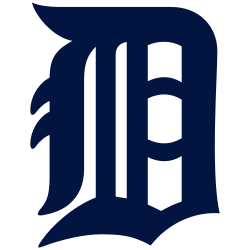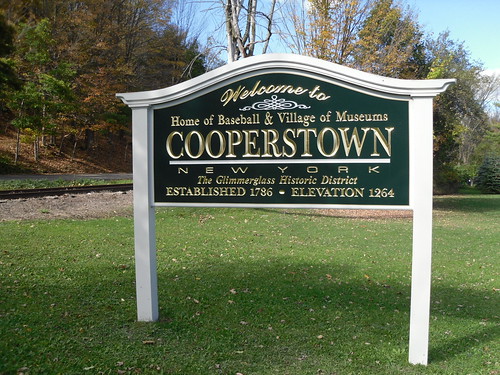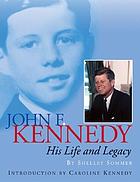Shelley Sommer is the Library Director at the Inly School, a small independent school in Scituate, Massachusetts. Her previous book was John F. Kennedy: His Life and Legacy. In Hammerin' Hank Greenberg, Sommer follows Greenberg's baseball career from his childhood in New York, through his professional career in the 1930s and '40s, integrating a strong sense of American history during this time period. I was particularly struck by her use of primary sources, and so wanted to ask her about her research process.
MS: How did you come to choose Hank Greenberg as your subject? Was there something that drew you to the American 1930s in particular? Or were you first drawn to baseball, and then to Hank's story?
SS: I was drawn to Hank Greenberg’s story for a combination of reasons. It began with my son, who was twelve-years-old when I began thinking about this book. At the time, he was playing lots of baseball, and by extension reading baseball books. Because I manage a school library, I brought books home to him and, of course, we visited our local library. As I looked through my son’s books, I noticed Greenberg’s name several times and began reading more about him. I was intrigued by his story and wondered why he isn’t better known. The combination of his personal story and the times in which he played are fascinating – the son of Romanian Jewish immigrants working hard to succeed in the quintessentially American game at the same time that Jews in Europe were systematically losing their rights. Interesting stuff.
We are baseball fans – the Red Sox, of course – so between our interest in baseball, an immediate curiosity about Greenberg’s story, and my understanding (through working in a school library), of how much kids love to read about someone who has overcome challenges all made Hank Greenberg the perfect subject.
MS: Your previous book was about John F. Kennedy. How does writing about a sports figure compare with writing about a president?
SS: Writing about a president and a sports figure are obviously dramatically different projects, but in both situations, it was the history of the times that interested me. Quite honestly, the biggest difference for me was that in the case of President Kennedy, I knew the story really well before ever writing the first word. The Kennedy biography grew out of my 15-year career at the John F. Kennedy Library in Boston. I literally talked and wrote about my subject every day before writing a book about him.
After leaving the Kennedy Library, I began my graduate work at the Simmons Center for the Study of Children’s Literature. As part of my course work, I took a non-fiction class which resulted in my biography of President Kennedy. The Greenberg book was a totally different experience. I had to start at the very beginning. Literally, the first I heard of him was through my son’s baseball books. The learning curve was much steeper! That being said, it was also rewarding in a different kind of way. I was discovering this person and every anecdote I read was new and exciting.
MS: What is your research and writing process like? Do you work from an outline? Copious notes? How do you decide to organize your material?
SS: I organized my notes in a pre-internet way! I write note cards, use different colors of post it notes, and write on legal pads. At one point, I remember looking at some online tools that were recommended by friends and students, but I didn’t like having lots of documents open on my screen. I prefer to see my work right in front of me - on the floor in chronological stacks of papers and articles.
 |
| Detroit Tigers logo |
I began by ordering lots of used books about Detroit and the Tigers and Jewish athletes. I also watched a really good documentary about Greenberg, The Life and Times of Hank Greenberg by Aviva Kempner (1998). After writing the first draft – which served as kind of an outline – I began working closely with my editor, Carolyn Yoder, on the subsequent iterations of the book.
One of the most helpful resources was the research department at the National Baseball Hall of Fame in Cooperstown, New York. They had a file containing hundreds of newspaper articles from Greenberg’s seasons with the Detroit Tigers. The articles were invaluable primary sources and a lot of fun to read.
MS: I loved the section at the end: "Hank Greenberg names his own all-star baseball team". Where did this come from? It's so much fun and really leads kids into exploring other players!
SS: Hank Greenberg’s “own All-Star baseball team” is one of those treasures from his Hall of Fame file. I found it in the middle of a stack of newspaper articles and immediately knew it should be included. It is my son’s favorite part of the book!
MS: Your source notes and back matter are very interesting and helpful to children interested in pursuing this topic more fully. What was using the Baseball Hall of Fame archives like? Do you have to be an author, or could a child access these if they were interested in learning more about a particular player?
SS: The Hall of Fame is a wonderful place to visit - in person or online. Their web site is: www.baseballhall.org The best part about going to the Hall of Fame is its idyllic location in Cooperstown, New York. As many others have pointed out, Main Street in Cooperstown is like a Norman Rockwell painting that has come to life. My husband, son and I spent a few days in Cooperstown during the writing of Hammerin’ Hank Greenberg. While I was looking at the Hall of Fame’s photo archives, they enjoyed going to baseball-themed restaurants and ordering sandwiches with names like the Home Run Hamburger or the Grand Slam Grilled Cheese!
You can also access the Hall of Fame’s research center online. They have information about every player who has been inducted – all 297 of them. Anyone can access the actual library in the Hall of Fame, but you need to schedule an appointment first so that the research staff is available to assist you.

MS: I'm wondering about Greenberg's legacy extending into baseball today. How did his leadership affect Jewish ball players, not just of his time but today? I don't follow baseball closely - are there many Jewish players in the National or American Leagues today? Have opportunities opened more since Hank's time?
SS: I’m not certain how many Jewish baseball players are currently playing for a major league team, but I do know that one of the most prominent is Kevin Youklis who plays for the Boston Red Sox. I feel a connection with Youklis because, like me, he is a transplant to the Boston area from Ohio. He grew up in Cincinnati – right down the road from my hometown, Dayton, Ohio.
MS: Thanks so much, Shelley, for spending the time with me here. Right from the beginning, I felt a great connection with you. We're both librarians, and I also used to teach English and literature for middle school students. Best of luck with your future projects.
SS: Thank you, Mary Ann, for having me. It was a pleasure!
I would especially like to thank the committee members of the Association of Jewish Libraries for continuing to choose wonderful books to honor with the Sydney Taylor Book Award.





Mary Ann and Shelley, thanks for this wonderful interview and for helping to kick off the Sydney Taylor Book Award Blog Tour!
ReplyDeleteThanks for this interview! I don't remember if it was this past year or the year before, but there was a session at the AJL convention about Jews in baseball. I know there are some statistics out there.
ReplyDeleteGreat interview, Mary Ann! I love reading about Shelley's research process.
ReplyDeleteI definitely learned a lot from him.
Delete